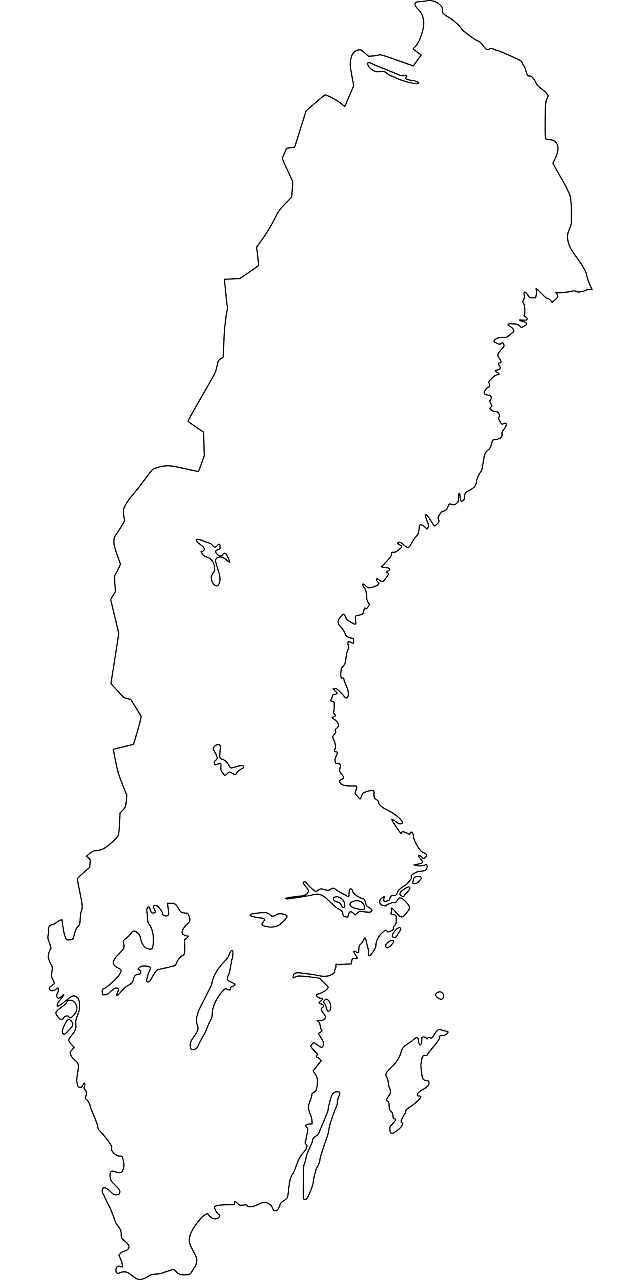6. Vision
The creation of a joint vision that defines and clarifies a desirable future for the given problem/system, within the identified time frame. A clear future vision has a strong guiding power.
At a glance
Goal
Creation of a desirable future vision
Input
Problem orientation + needs and functions + stakeholder analysis
Methods
Storytelling, brainstorming
Relative workload
Medium
Output
A concise but inspiring future vision.
Steps
1. Generate keywords that describe or are associated with the desirable future.
2. Cluster the keywords and formulate a vision.
Remember
It is important that the vision is shared by all the involved actors. When creating a vision, it is also important to consider and specify norms and values (or to use some generally accepted ones).
Remember that the idea is not to envision the expansion/implementation of a particular technology or solution.
Examples
Vision for Bila, Ukraine
(comfortable indoor climate)
Reliable, affordable, environmentally friendly and efficient heating and cooling in Bila Tserkva by 2050.
Vision for Nis, Serbia
(heating and cooling)
Affordable, comfortable and environmentally friendly heating and cooling in Niš by 2050.
Efficiency for the green future scenario.
Moon landing, traffic safety, shoes and world sustainability
John F. Kennedy: Landing a man on the Moon, Address to Congress – May 25, 1961
Sweden’s Vision Zero (Swedish Nollvisionen) related to road traffic safety.
The athletic shoes and apparel company Nike’s vision Just Do It.
The visions associated with the UN’s Sustainable Development Goals.
Swedish cities
Umeå: Growing with social, ecological cultural and economic sustainability for 200 000 inhabitants by 2050.
Stockholm for everyone – the City of Stockholm should be a socially, financially, ecologically and democratically sustainable municipality by 2040.
Göteborg is a sustainable city, open to the world, where everyone feels at home.
Malmö is a world leading in sustainable urban development by the year 2020.

Additional tips
- Sustainable development has a strong future orientation, making it particularly important to define and clarify an attractive sustainable future.
- A future vision may resemble a motto or a slogan.
- The vision needs to reflect what present and future stakeholders are able to influence (e.g. make sure it reflects the boundaries of your sociotechnical system).
- An adequate vision describes what is desired, but does not prescribe how to realise this.
- Make sure you do not merely extrapolate current trends to identify what your sociotechnical system might look like in the future.
